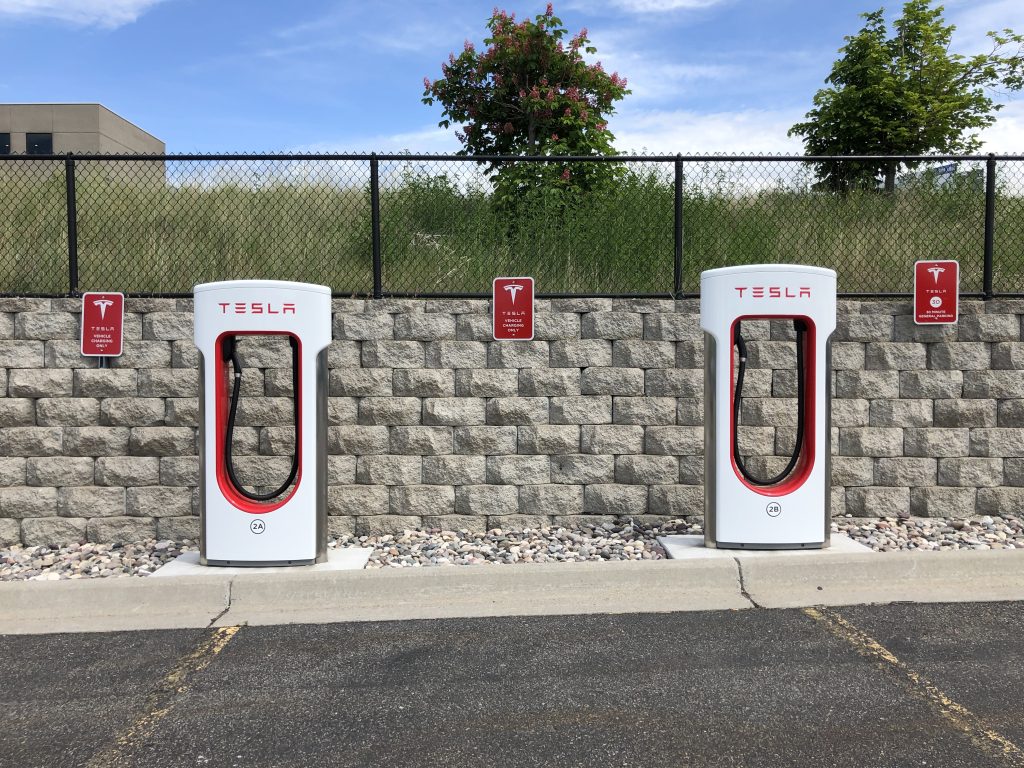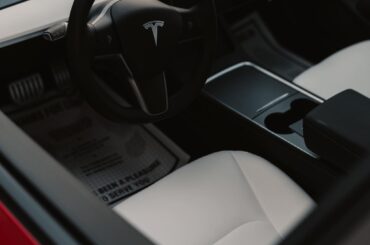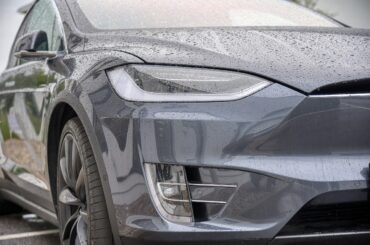Europe’s EV charging Station facilities have to be significantly expanded
The area has the potential to become the global leader in the EV Charging Station because of its mix of innovative established firms and early converting EV customers. This has the potential to increase economic activity, reduce emissions, speed up the achievement of climate targets, and position Europe as a leader in the EV industry worldwide.
However, Europe’s EV charging station facilities have to be significantly expanded for there to be a bigger acceptance of EVs. There were over 375,000 charging stations throughout the continent in 2021. Nevertheless, a McKinsey study conducted for a review by the European Automobile Manufacturers’ Association (ACEA) assumes that, despite the most conservative scenario, the EU-27 will require at least 3.4 million deployable community charging points by 2030.
1 Europe’s upcoming EVs will demand reliable power, which necessitates significant modifications to the utility infrastructure to deliver power to these additional charging stations as well as the additional renewable-energy capacity. This expansion of the EV-charging system might end up costing more than €240 billion by 2030.
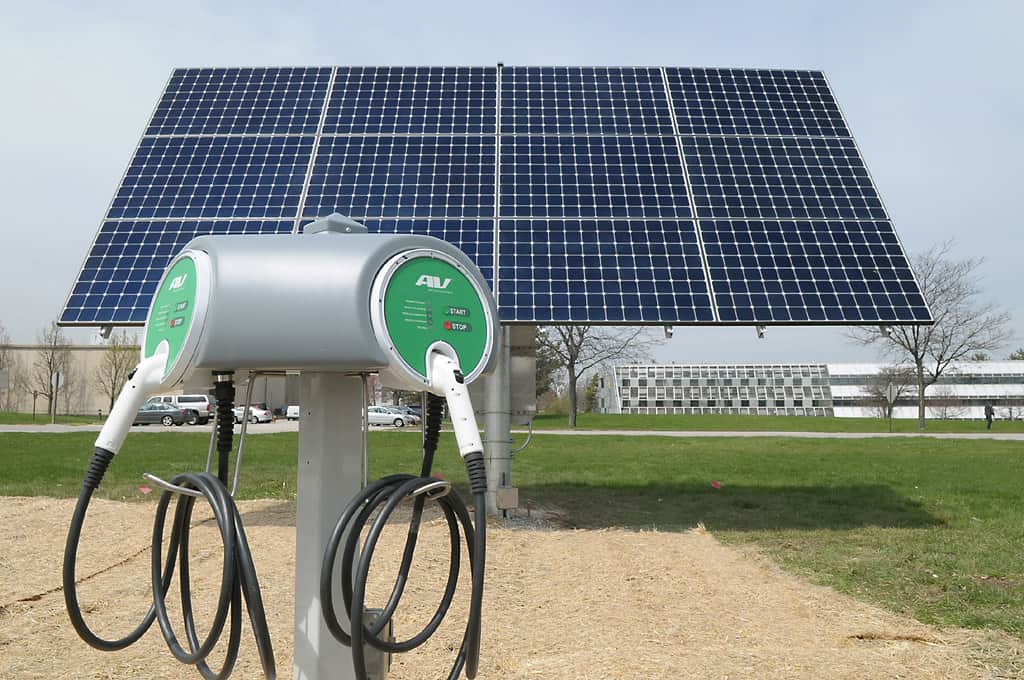
These results have significant ramifications for a wide range of interested parties. Producers of charging devices will likely need to increase output. Energy providers and charge-point companies may seek to work together to meet the anticipated power needs. Manufacturers of cars and trucks also need to be adaptable to the changing needs of their target market.
An additional concern is the possibility of exacerbated societal inequalities as a consequence of the development of the infrastructure. Fortunately, with proper planning, coordination, and funding, the availability of infrastructure may be made more welcoming to everybody. We’ve broken down some of the most important takeaways from the ACEA study and discussed what they potentially entail for the different EV players in Europe below.
The number of charging stations is too low.
Potential purchasers of electric cars (EVs) want to know that they’ll have easy access to public charging stations, but as the number of EV owners grows, so does the number of people who need to use them. More than half of customers’ worries about EVs in a 2019 McKinsey poll related to batteries, refueling, and driving range. Electric vehicle (EV) adoption may stall if there aren’t enough charging stations to ease drivers’ concerns.
There are two possible futures that may come to fruition: one in which an abundance of charging stations is erected, hence driving EV demand, and another in which charging stations are added at a pace that is consistent with the present rise in use. In any case, the EU-27 will need to increase its existing 340,000 charging stations to the anticipated 3.4 million public chargers necessary by 2030 to fulfill the demands of its future EV fleet. (This number incorporates the 2.9 million public charges for personal automobiles, the 0.4 million public adapters for light-duty vehicles, and the 0.1 million public chargers for trucks and buses. It doesn’t account for the anticipated 29 million private charging stations that would need to be installed by homeowners, landlords, and parking lot management. Under this more pessimistic scenario, public charging station installations would need to increase from 2021’s projected weekly rate of 1,600 to 2030s projected weekly rate of over 10,000.
The quickest rate of implementation in the European Union was seen in France and Germany last year, with France installing approximately 400 public connections per week and Germany installing about 200. However, both they and the rest of the European Union are well under the desired pace, which would increase gradually over time. In order to catch up, the European Union as a whole will need to build an average of 6,000 public charging outlets every week between 2021 and 2030.
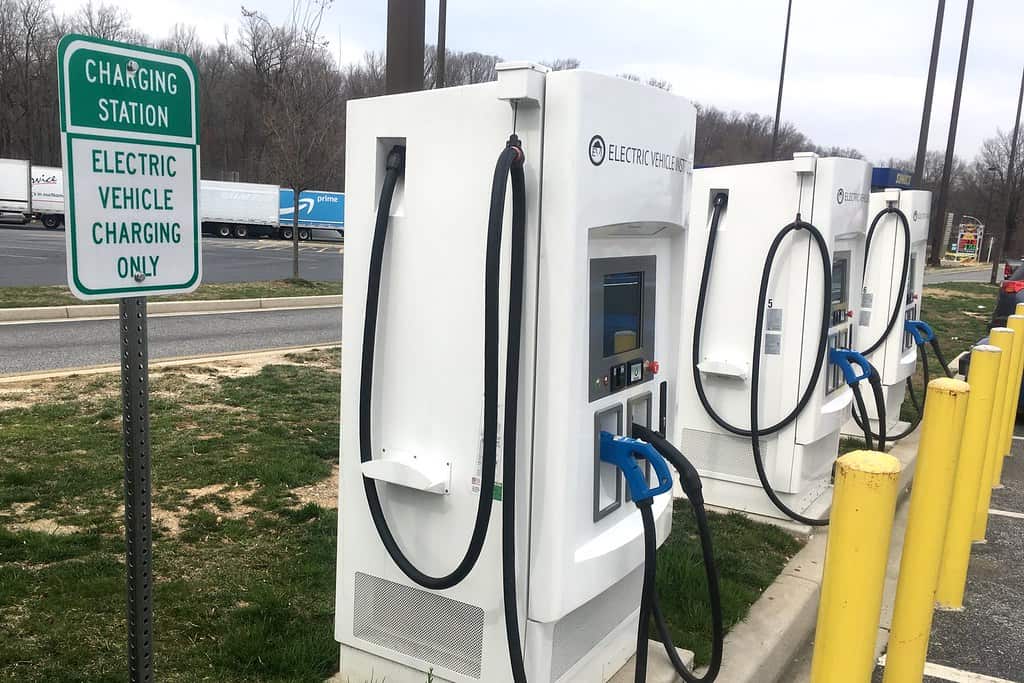
If EVs remain unaffordable to a broad segment of the European population, efforts to electrify the continent’s automobiles will face significant obstacles. However, it will take more than lower prices for electric cars to make them a viable option for the masses. It also entails facilitating the availability of low-cost charging infrastructure.
Homeowners with garages and single-family homes may have minimal trouble setting up their own charging stations. The pricing process will be more complicated for the rest of us. 42 percent of European EV users in urban areas in 2021 did not have access to home charging outlets, therefore they relied primarily on public chargers. They may be concerned that there will be a lot of people trying to use public charging stations. Public charging stations should be installed in all areas to provide a fair distribution of charging infrastructure. The bigger problem is that, as of right now, public charging is 30 to 200 percent more costly than private charging. The transition to an all-electric Europe relies heavily on ensuring a fair charging price for EV users who don’t have access to private charging sites at home or at work.


